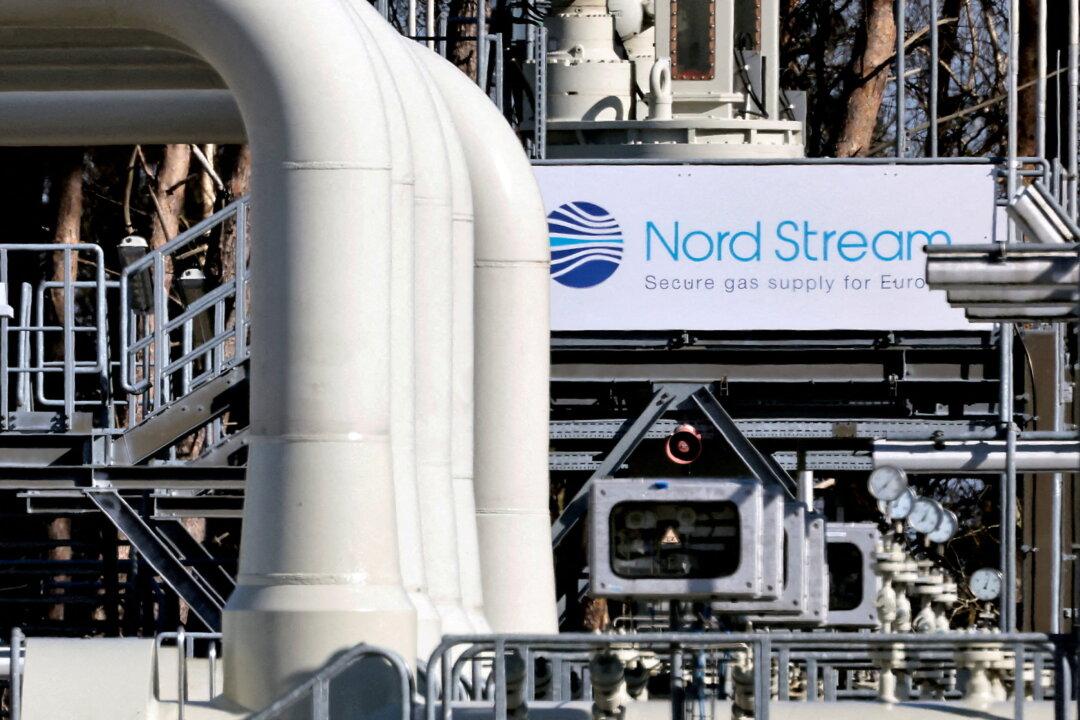Natural gas prices in Europe stabilized on Friday after a volatile week in which Russia cut gas flows via the Nord Stream 1 pipeline by 80 percent, causing an energy crisis for the bloc ahead of the cold winter season.
Dutch wholesale gas futures, the European benchmark, were at 190.25 euros per megawatt-hour as of July 29.





